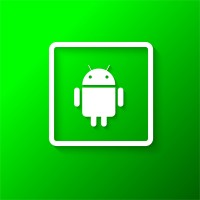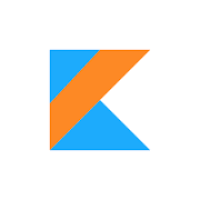
- Flutter AppBar
- Flutter Container widget
- Flutter Text widget
- RichText Flutter
- Row in Flutter
- Column in Flutter
- ListView in Flutter
- GridView in Flutter
- Stack in Flutter
- Expanded in Flutter
- SizedBox in Flutter
- Padding in Flutter
- Center in Flutter
- Align in Flutter
- FractionallySizedBox in Flutter
- AspectRatio in Flutter
- Baseline in Flutter
- TextField in Flutter
- Checkbox in Flutter
- Radio in Flutter
- Switch in Flutter
- Slider in Flutter
- DropdownButton in Flutter
- CupertinoPicker in Flutter
- ElevatedButton in Flutter
- TextButton in Flutter
- IconButton in Flutter
- GestureDetector in Flutter
- InkWell in Flutter
- PopupMenuButton in Flutter
- Image in Flutter
TabBar in Flutter
18-Sep-2024Learn how to create tab-based navigation in Flutter using the TabBar widget
TabBar is a widget used to display tabs in a horizontal row. It is often used in conjunction with TabBarView to create tabbed interfaces, where each tab corresponds to a different view of content. This is a simple example of how to use TabBar in Flutter.
There Are Some Common Attributes for TabBar
| length | specify the number of tabs |
| tabs | All Tabs Name |
Here's a simple example of using a TabBar in Flutter:
File open lib->main.dart file −
import 'package:flutter/material.dart';
void main() {
runApp(
MyApp()
);
}
class MyApp extends StatefulWidget{
@override
_MyAppState createState() => _MyAppState();
}
class _MyAppState extends State<MyApp> {
@override
Widget build(BuildContext context) {
return MaterialApp(
home:
DefaultTabController(
length: 4, // specify the number of tabs
child: Scaffold(
appBar: AppBar(
title: Text('TabBar Example'),
bottom: TabBar(
tabs: [
Tab(text: 'Flutter'),
Tab(text: 'Java'),
Tab(text: 'Kotlin'),
Tab(text: 'JetPack'),
],
),
),
body: TabBarView(
children: [
Container(
color: Colors.blue,
child:
Center(
child: Text('Flutter Example Here')
),
),
Container(
color: Colors.greenAccent,
child:
Center(
child: Text('Java Example Here')
),
),
Container(
color: Colors.pink,
child:
Center(
child: Text('Kotlin Example Here')
),
),
Container(
color: Colors.deepPurple,
child:
Center(
child: Text('JetPack Example Here')
),
),
],
),
),
),
);
}
}
Open
Device Manager, run the emulator, and then run the application. Next,
check the working output and check the output you declared in your
code.
Output:



